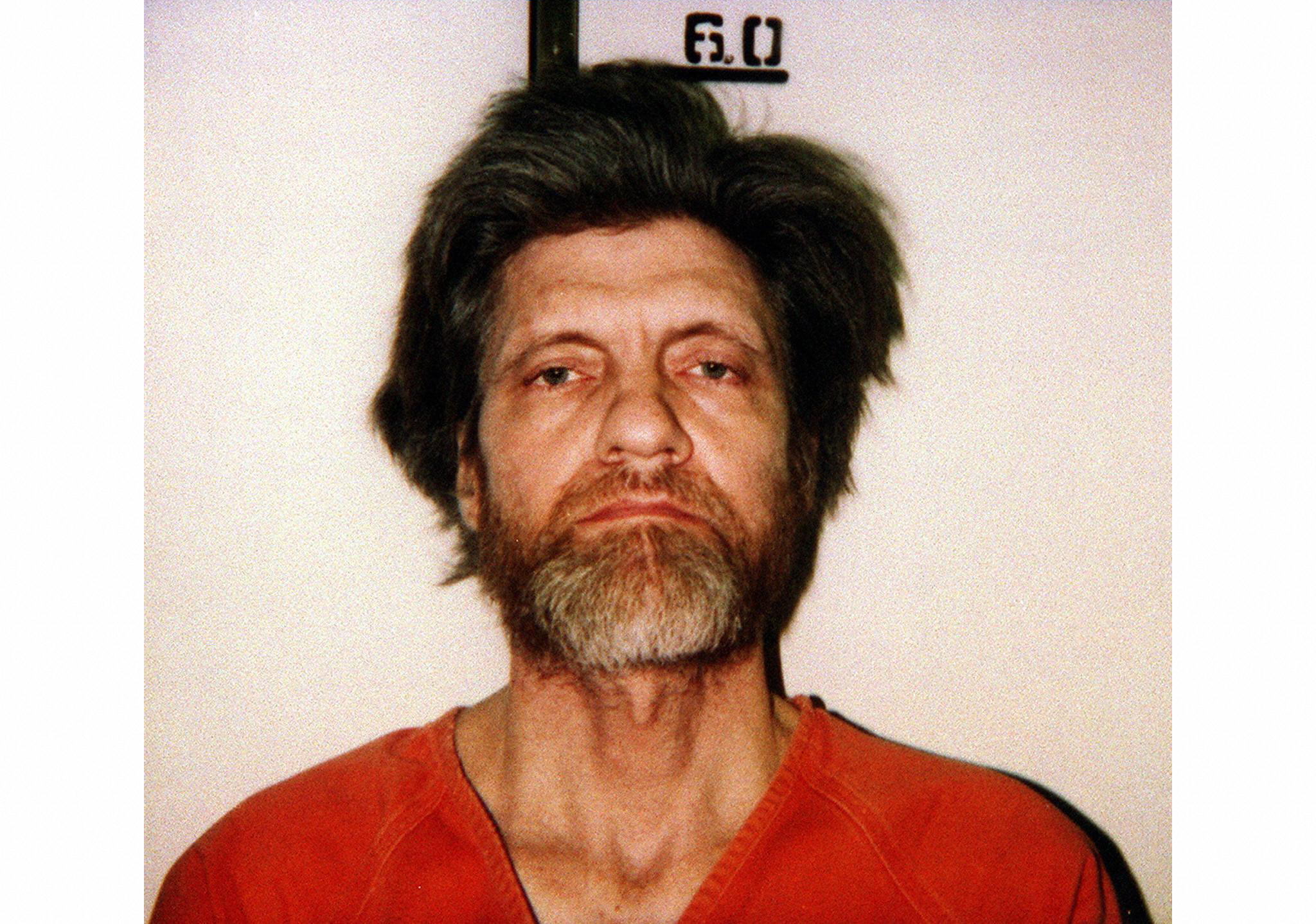A history of US mail attacks
Theodore Kaczynski — shown here in a 1996 police mugshot — was sentenced to life in prison in 1998 for a 17-year mail bomb spree that left three people dead and 23 others wounded ()
Miami (AFP) – The series of pipe bombs and suspicious packages sent to critics of Donald Trump, including Democratic former president Barack Obama and Hillary Clinton, is not the first time the mail has been used as a weapon in the United States.
The following is a look at other high-profile mail attacks:
– 2018: Texas package bombs –
In March, a series of package bombs were left on doorsteps in the Texas state capital Austin. Two people were killed, including a 17-year-old boy, and several others were injured.
Initially, investigators feared the assailant was motivated by race, as the two people killed were black. The exact motive was never elucidated.
The suspect, Mark Anthony Conditt, 23, blew himself up in his car on March 21, 2018. He left behind a recorded confession on his mobile phone in which he expressed no regret and described himself as a “psychopath.”
– 2001: Anthrax panic –
In the wake of the September 11, 2001 attacks, America was sent reeling again by a series of attacks using letters laced with anthrax, which left five people dead and 17 others sick.
Letters were delivered through the US mail to lawmakers in Washington and to news outlets in Florida and New York over a period of a few weeks.
A massive manhunt ensued, but no one was ever convicted.
Bruce Ivins, a 62-year-old microbiologist and bioweapons expert, committed suicide via drug overdose in 2008 as prosecutors were preparing to charge him in the attacks.
Investigators later declared he likely was solely responsible for the attacks.
– 1978-1995: ‘Unabomber’ –
Notorious “Unabomber” Ted Kaczynski was behind a 17-year mail bomb spree that left three people dead and wounded 23 others.
The onetime mathematics professor conducted his crimes from an isolated cabin in the Montana woods, where he lived without running water or electricity.
Kaczynski, who hoped to mount a revolution against modern technology, initially targeted universities and airlines.
Between 1978 and 1995, he sent 16 mail bombs that earned him the nickname “Unabomber,” derived from the acronym used by the Federal Bureau of Investigation to identify him.
His brother eventually tipped off investigators to his location, when he recognized the writing style used in the Unabomber’s anti-technology manifesto published at the FBI’s urging in 1995.
Kaczynski was captured in April 1996 and handed multiple life sentences without parole in 1998 — a plea deal that helped him avoid the death penalty.
He is incarcerated at a federal “supermax” prison in Colorado, sometimes called the “Alcatraz of the Rockies.”
– 1989: Attacks in the US south –
In December 1989, a white federal judge, Robert Vance, was assassinated at his home in the southern state of Alabama when he opened a package containing a pipe bomb. His wife was wounded.
Two days later, a black civil rights attorney, Robert Robinson, was killed in Georgia the same way.
Other package bombs were found in the Atlanta headquarters of the federal appeals court on which Vance served, and at a Georgia office of the NAACP.
Walter Moody, who bore a grudge against the judicial system after his prior conviction for possessing explosives, was arrested for the bombings in 1990.
He was sentenced to death in 1997 and was executed in April 2018.
Disclaimer: This story has not been edited by Siliconeer and is published from a syndicated feed. Siliconeer does not assume any liability for the above story. Validity of the above story is for 7 Days from original date of publishing. Content copyright AFP.


